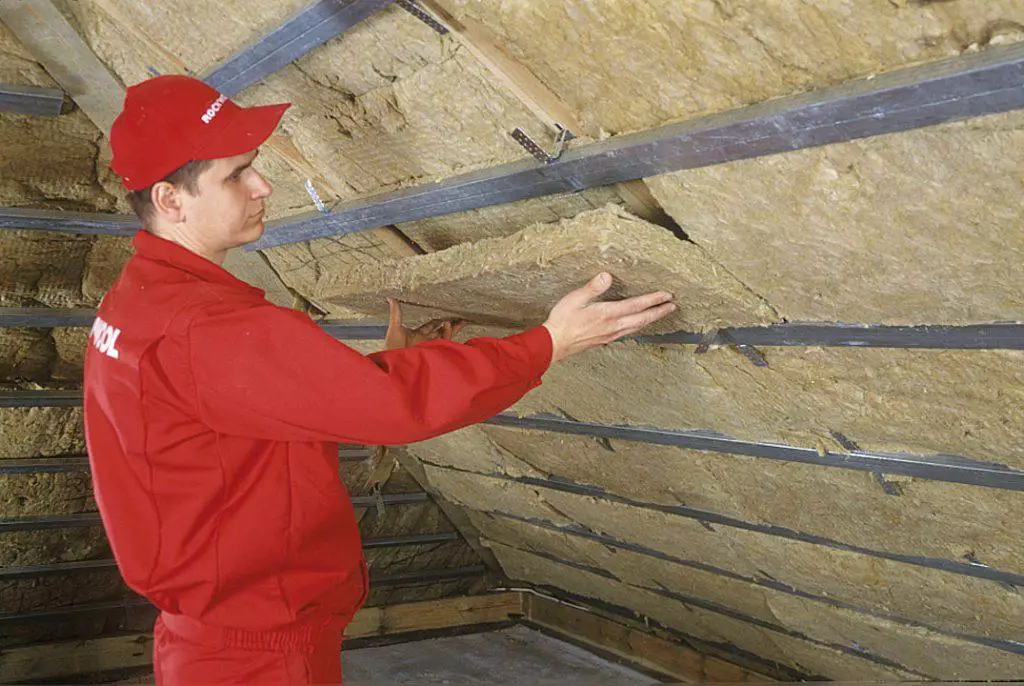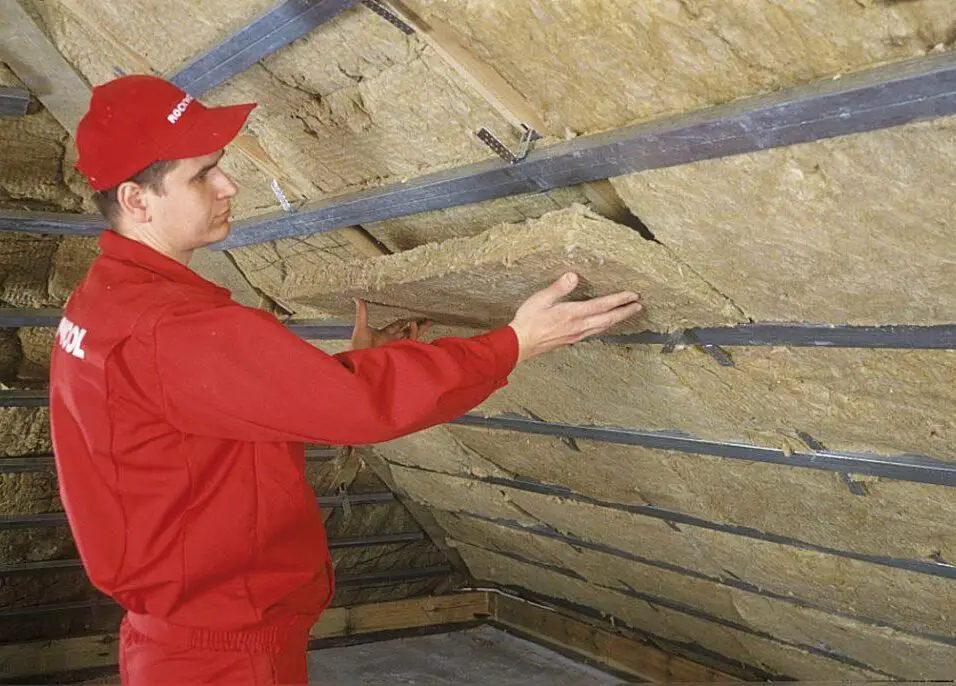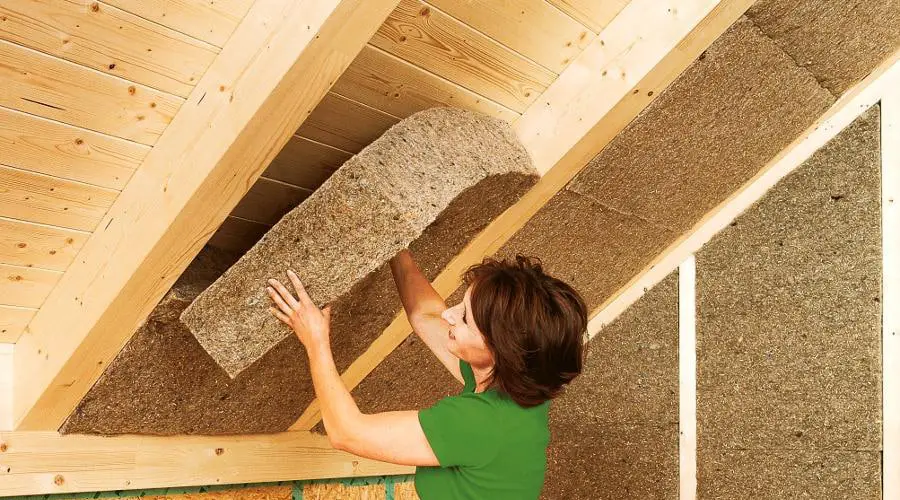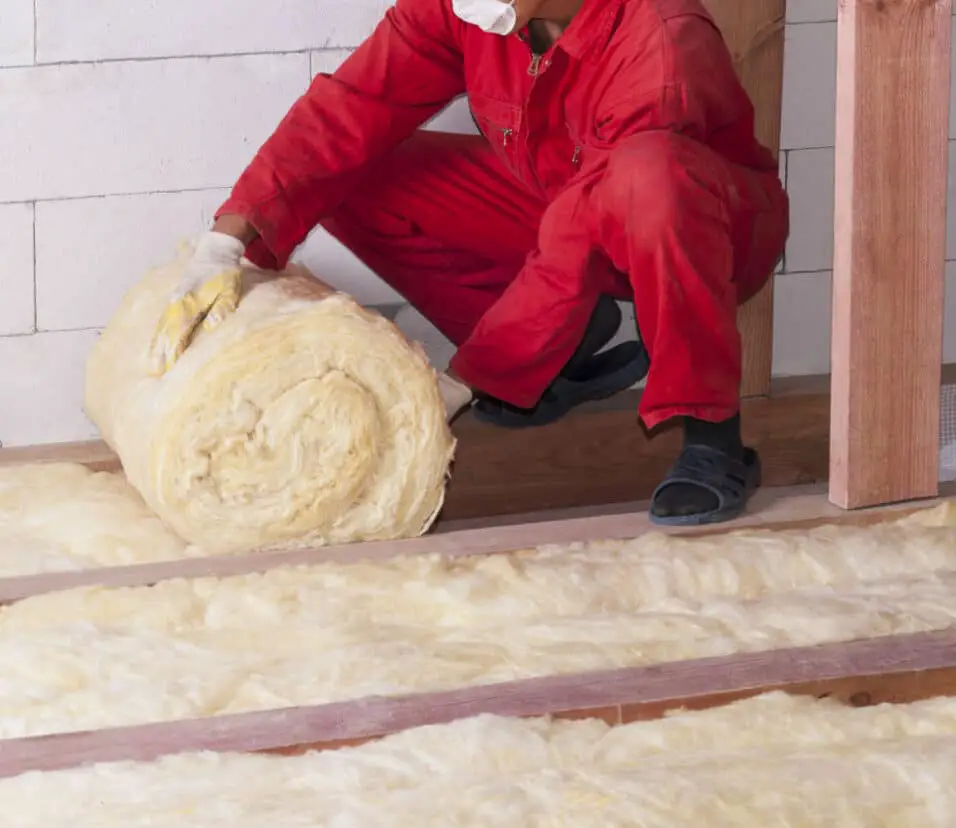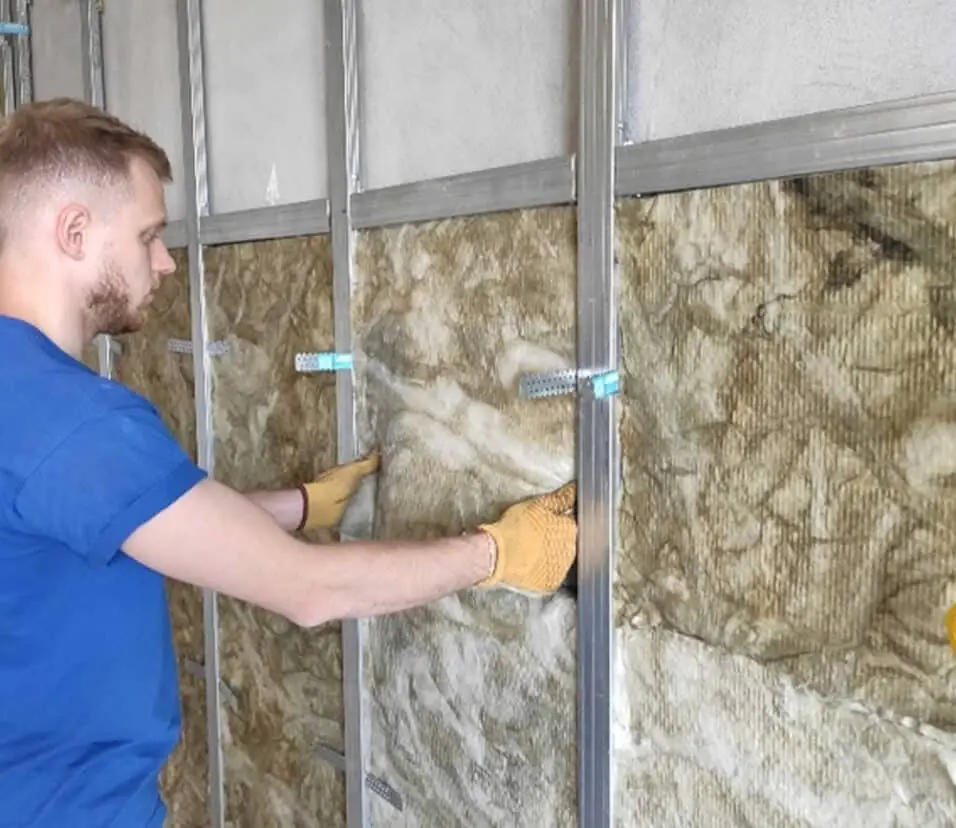How To Install Insulation In Attic Ceiling
Introduction
How To Install Insulation In Attic Ceiling: Installing insulation in your attic ceiling is a vital step towards maintaining a comfortable and energy-efficient home. Proper insulation helps regulate indoor temperatures, reduce energy consumption, and prevent heat loss during colder months. Whether you’re looking to enhance your home’s insulation for the first time or upgrade your existing setup.
Before diving into the installation process, it’s crucial to understand the various types of insulation available, such as fiberglass batts, blown-in cellulose, and spray foam. Each type has its benefits and considerations, depending on factors like budget, local climate, and the existing attic structure.
Beyond selecting the appropriate insulation type, preparing your attic for installation is equally important. This involves ensuring the attic space is clean, dry, and properly ventilated. Clear any debris, repair any leaks or cracks, and address any potential air gaps that could compromise the insulation’s effectiveness.
Equipped with the right insulation type and a well-prepared attic space, you’re ready to begin the installation process. From measuring and cutting insulation to placing it strategically between joists or rafters, each step requires careful attention to detail. By following manufacturer guidelines and safety precautions, you can ensure a successful board insulation installation. That will contribute to a more comfortable and energy-efficient living environment. Enabling you to make informed decisions and execute a seamless installation of attic ceiling insulation.
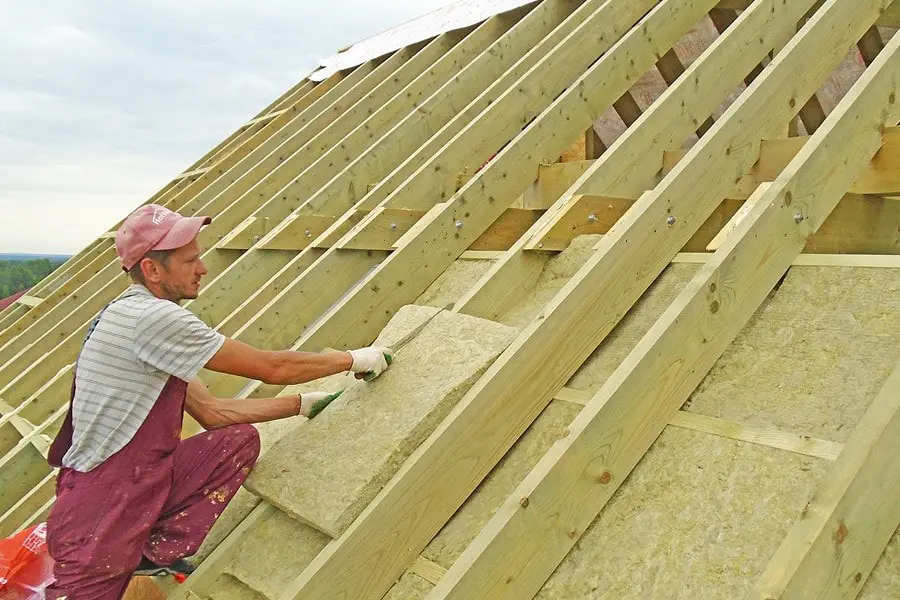
What is the best insulation for an attic ceiling?
Fiberglass
Fiberglass, cotton, and mineral wool can all work as loose-fill insulation material, but the far and away top choice for blown-in insulation is fiberglass. Contrary to batts insulation, blown-in fiberglass insulation is perfect for filling in tight voids around wiring, pipes, or any area with awkward framing
However, when it comes to attic ceiling insulation, blown-in cellulose and fiberglass batts tend to get the most praise.
Blown-in cellulose insulation is well-liked because to its high R-value and the flexibility with which it can fill awkward nooks and crannies. It is environmentally friendly and fireproof because it is manufactured from recycled paper and treated with flame retardants. Blown-in cellulose has a low potential for air leaks and heat loss because to its loose-fill nature, which allows it to efficiently cover nooks and crevices.
However, fiberglass batts are popular because they are inexpensive and simple to install. Pre-cut sheets make it easy to install them between your attic’s rafters or joists.
Ultimately, the best choice will depend on your specific needs and circumstances. Consulting with a professional to assess your attic’s requirements and local climate conditions can help you make an informed decision and select the insulation that will deliver optimal energy efficiency and comfort for your home.
Is it good to insulate your attic ceiling?
However, if the attic space is properly insulated, that hot air won’t get a chance to escape and elevate the overall temperature of your home. In the end, attic insulation not only helps to keep you warm in the winter; it also helps to keep the whole home cooler in the hot and sticky summer months.
Yes, insulating your attic ceiling is highly beneficial for multiple reasons. Attic ceiling insulation plays a crucial role in maintaining a comfortable indoor environment, enhancing energy efficiency, and preventing heat loss or gain. By creating a thermal barrier, insulation helps regulate indoor temperatures, ensuring cooler summers and warmer winters. This translates to reduced reliance on heating and cooling systems, leading to lower energy bills and a decreased carbon footprint.
Furthermore, attic insulation can contribute to improved indoor air quality by minimizing the infiltration of outdoor pollutants and allergens. It also helps prevent moisture buildup, reducing the risk of mold growth and potential damage to your home’s structure. Insulating your attic ceiling can also extend the lifespan of your roof by minimizing temperature fluctuations that can cause shingle deterioration.
Ultimately, insulating your attic ceiling is a cost-effective investment that not only enhances your living comfort but also delivers significant long-term financial and environmental benefits. It’s a step towards creating a more energy-efficient and sustainable home that promotes both personal well-being and responsible living.
How many layers of insulation are in an attic?
If using two layers of loft roll – try to get as close as possible to the desired extra depth by combining rolls of different thicknesses. If there’s very little existing insulation, we recommend a 100mm base layer and a 170mm top layer.
The number of layers of insulation in an attic can vary based on factors such as the type of insulation used, the desired level of thermal resistance (R-value), and local building codes. Generally, attics can have one or more layers of insulation, depending on the need to achieve adequate insulation levels.
In some cases, a single layer of insulation, such as blown-in cellulose or fiberglass batts, might be installed to meet the recommended R-value for your climate zone. This single layer can effectively provide the necessary thermal barrier.
In other situations, homeowners might opt for an additional layer of insulation to further enhance energy efficiency. This can be beneficial if your attic’s existing insulation does not meet the desired R-value or if you’re aiming for superior insulation performance. However, it’s essential to note that adding multiple layers should be done carefully. Considering factors such as the weight load on the attic structure and the prevention of compression in the insulation, which can reduce its effectiveness.
Before adding multiple layers of insulation, it’s advisable to consult with an insulation professional who can assess your attic’s specific requirements and guide you on the best approach to achieve optimal insulation and energy savings while ensuring the safety and integrity of your attic space.
Is it better to insulate attic ceiling or floor?
So insulating the floor of the attic is not only the best solution, but it is also the simplest and cheapest. In practical terms you can choose between mineral wool or insulation boards.
Insulating either the attic ceiling or floor can be effective, but the choice depends on your specific goals and circumstances.
Insulating the attic ceiling, also known as the “warm roof” approach, is often recommended. This method involves placing insulation between the ceiling joists of the top floor, creating a thermal barrier that keeps conditioned air inside the living space. This approach helps regulate indoor temperatures, prevents heat loss, and minimizes the risk of ice dams on the roof.
Using an attic for storage or living space reduces the efficiency of your home’s climate control system and increases your risk of energy loss.
Because of its immediate impact on the comfort and energy efficiency of the living areas below, attic ceiling insulation is often favored.
What are the key factors to consider when selecting the type of insulation for your attic ceiling?
When selecting the type of insulation for your attic ceiling, several key factors should be carefully considered to ensure optimal performance and energy efficiency.
Firstly, consider the climate of your region. If you live in a colder climate, you’ll need insulation with a higher R-value to effectively resist heat loss. Conversely, in warmer climates, a lower R-value may suffice.
Next, assess your budget. Different insulation materials vary in cost, so it’s important to choose an option that aligns with your financial resources.
The existing attic structure is another crucial factor. Fiberglass batts are best for normal joist spacing, whereas blown-in cellulose or spray foam are more successful at filling gaps and fissures in non-standard locations.
Additionally, think about any potential health concerns. For instance, if you’re sensitive to allergens, you might prefer insulation materials that have minimal impact on indoor air quality.
Lastly, consider the long-term benefits. Some insulation materials have higher durability and may require less maintenance over time. Making them a more cost-effective choice in the long run.
By evaluating these factors, you can make an informed decision about the type of insulation that best suits your attic ceiling, ensuring energy efficiency, comfort, and a well-balanced investment.
What safety precautions should you take when working with insulation materials in the attic?
Working with insulation materials in the attic requires careful adherence to safety precautions to protect your health and well-being. Firstly, wear appropriate personal protective equipment (PPE), including gloves, a long-sleeved shirt, pants, safety goggles, and a dust mask or respirator to minimize exposure to fibers, dust, and particles.
Ensure proper ventilation in the attic to prevent the accumulation of airborne particles. If necessary, use fans and open windows to maintain fresh air circulation.
Take care when handling insulation materials to avoid skin irritation or respiratory issues. Avoid touching your face, and wash your hands and any exposed skin thoroughly after working with insulation.
If using insulation with potential irritants, such as fiberglass, wear clothing that covers your entire body to prevent direct contact. Keep insulation away from your eyes, and avoid inhalation of fibers.
If working with loose-fill insulation, be cautious about walking on it, as it may not provide stable footing. Use walkways or planks to move around the attic safely.
Lastly, if your attic has limited headroom, use proper lighting and secure footing to prevent slips and falls. Be aware of potential electrical hazards and avoid damaging wiring while handling insulation.
Prioritizing these safety precautions during insulation installation in the attic can help mitigate health risks and ensure a secure working environment.
What are the potential challenges or common mistakes to avoid during the installation of attic ceiling insulation?
The installation of insulation in an attic ceiling can go off without a hitch if you steer clear of a few common mistakes. When there are gaps in the insulation or areas that aren’t properly insulated, it causes issues. This can lead to heat loss, reduced energy efficiency, and uneven indoor temperatures. Additionally, compressing insulation reduces its effectiveness, as it decreases its ability to trap air and provide proper thermal resistance.
Improper installation of vapor barriers is another mistake to steer clear of. Placing vapor barriers on the wrong side of the insulation can lead to moisture buildup and mold growth. Failing to seal air leaks, such as gaps around light fixtures, vents, and chimneys, can compromise the insulation’s efficiency.
Using incorrect insulation type for the attic’s specific conditions, or not following manufacturer guidelines for installation, can lead to subpar results. Lastly, insufficient ventilation in the attic can cause moisture accumulation and impact insulation effectiveness.
To mitigate these challenges, carefully plan the installation, follow recommended guidelines, and conduct thorough inspections to ensure complete and proper coverage. This attention to detail will help you avoid common mistakes and achieve. The best possible insulation outcome in your attic ceiling.
How does the choice of insulation type affect the overall energy efficiency and comfort of your home’s interior spaces?
The choice of insulation type significantly influences both the energy efficiency and comfort of your home’s interior spaces. Insulation acts as a thermal barrier, preventing heat transfer between the interior and exterior environments. The right insulation type enhances energy efficiency by reducing the need for constant heating or cooling, thus lowering energy consumption and utility bills.
Different insulation materials have varying thermal conductivities, which determine how effectively they resist heat flow. Opting for high-quality insulation materials with high R-values can provide better insulation performance. Resulting in more consistent indoor temperatures and reduced temperature fluctuations.
Furthermore, the insulation’s ability to regulate temperature directly impacts comfort. Proper insulation prevents drafts and cold spots during winter and keeps indoor spaces cooler in the summer. This results in a more pleasant living environment throughout the year, eliminating the need for excessive heating or cooling adjustments.
The right insulation type also contributes to soundproofing, reducing noise infiltration from outside. By carefully selecting insulation materials that match your climate, home design, and specific insulation needs, you can create a more energy-efficient, comfortable, and tranquil living space that enhances your quality of life.
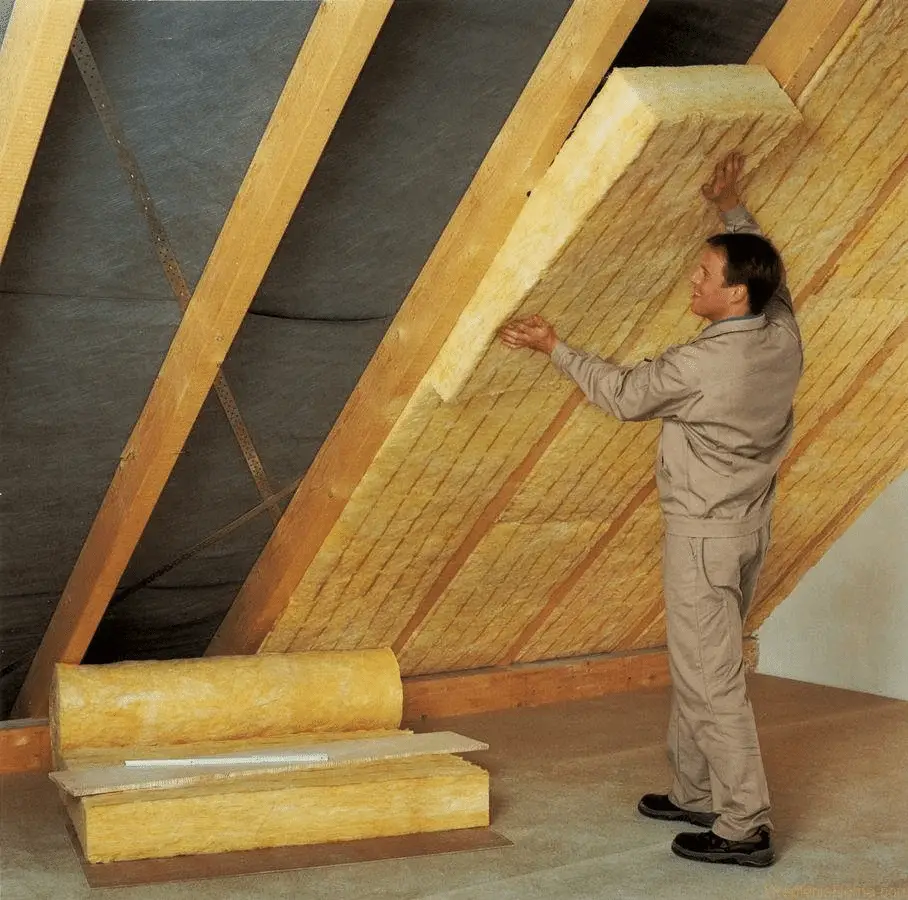
Conclusion
Installing insulation in your attic ceiling is a proactive investment. That yields long-term benefits for your home’s comfort and energy efficiency. By choosing the right insulation type and meticulously preparing the attic space, you’re setting the stage for a successful installation. The effort you put into this process will undoubtedly pay off in the form of reduced energy bills, improved indoor comfort, and a smaller environmental footprint.
Throughout this guide, we’ve emphasized the importance of following manufacturer guidelines and safety measures. The importance of having a good insulating layer built correctly cannot be emphasized. Moreover, the process of insulating your attic insulate ceiling offers an opportunity to inspect and maintain the overall health of your attic space, identifying and addressing potential issues before they escalate.
As you complete the installation, take pride in your accomplishment—a well-insulated attic is a significant step toward creating a more sustainable and efficient home. With increased thermal resistance, controlled indoor temperatures, and enhanced energy savings, you’ll reap the rewards of your efforts for years to come. A thoughtfully insulated attic doesn’t just contribute to your comfort. It’s also a tangible contribution to a more environmentally responsible way of living.



